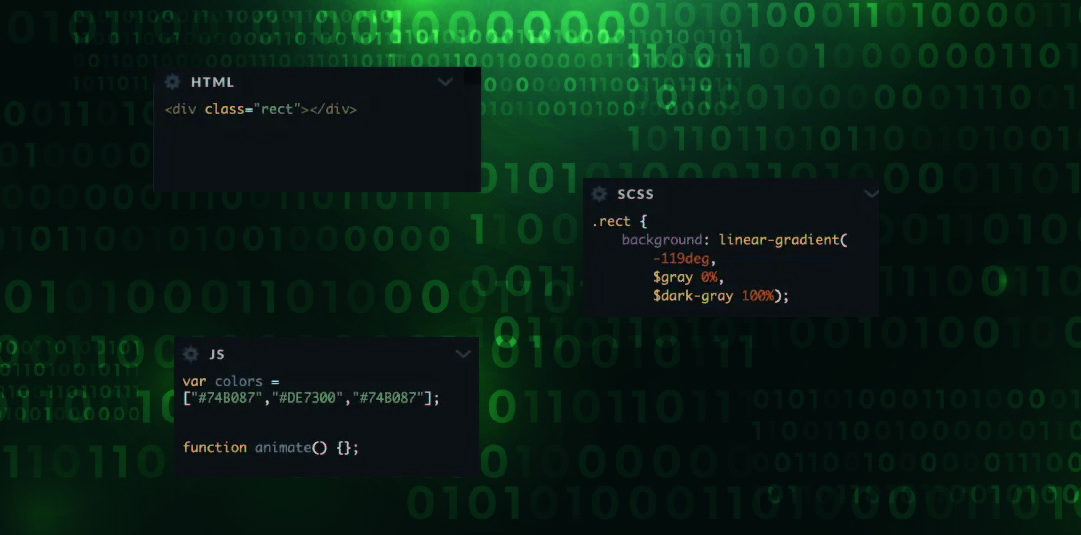
In modern internet-based globe, protecting your online assets from cyber attacks is critical. Server-Side Request Forgery (SSRF) vulnerabilities remain a major danger to online applications. As organisations work to strengthen their defences, staying ahead of these sophisticated threats necessitates professional expertise and cutting-edge technology. That’s where our Website Security Tester comes in. In this article, we will look at the complexity of testing for SSRF vulnerabilities and how our solution may help you discover and manage these risks efficiently in 2024 and beyond.
Table of Contents
ToggleUnderstanding SSRF Vulnerabilities
Server-side Request Forgery (SSRF) is a vulnerability in which an attacker may trick the server into sending unauthorised requests to internal or external resources. These malicious requests are frequently used to circumvent security restrictions, access sensitive data, or take activities that jeopardise the application’s integrity. Let’s go over this in depth.
Types of SSRF vulnerabilities that can be fixed using a Website Security Tester Tool

1. Basic SSRF
Basic SSRF includes using a web application’s ability to send HTTP requests to arbitrary locations. Attackers can falsify requests to internal services or external systems, resulting in unauthorised data access.
2. Blind SSRF
Blind SSRF happens when an attacker initiates SSRF but does not get the response directly. Instead, they use other methods, such as out-of-band (OOB) requests, to verify the attack’s success. This makes detection and mitigation more difficult.
3. Advanced SSRF Techniques
Advanced SSRF approaches need intricate modification of input parameters and payloads. Attackers may utilise tactics such as request smuggling or encoding to conceal their malicious requests, making them more difficult to detect.
Detecting SSRF vulnerabilities

We use a variety of ways to discover SSRF vulnerabilities during web app penetration testing:
1. Validation of user input
Implement stringent input validation to guarantee that user-supplied URLs are well-formed and only allow appropriate protocols (such as http and https). Reject queries to internal IP addresses.
2. Boundary testing
Boundary testing involves supplying both valid and incorrect URLs to see how the application handles them. Check for discrepancies or error messages that indicate SSRF vulnerabilities.
3. URL Whitelisting and Blacklisting
URL whitelisting allows you to select safe websites that the programme can visit, while blacklisting known harmful domains. This limits the attacker’s ability to issue arbitrary requests.
Mitigating the SSRF vulnerabilities with Website Security Tester

Web application security relies heavily on preventing SSRF vulnerabilities. Utilise the following measures:
1. Effective Input Validation
Implement strong input validation to guarantee that URLs submitted by users are real and secure. Refuse requests for internal IP addresses and protocols that are not required.
2. Network Segmentation
Isolate your internal services from the web app server. Limit the server’s access to important resources, hence lowering the attack surface.
3. URL-Whitelisting
URL whitelisting allows you to clearly specify which external sites the programme can access. This confines the possibilities for SSRF to trustworthy domains.
Conclusion:
As we discuss changing circumstances of cybersecurity threats, proactive actions are critical for protecting your online presence. With the Website Security Tester tool, you can approach SSRF vulnerability testing with confidence and accuracy. By using our experience and new technology, you not only protect your online apps from possible attacks, but also create trust and confidence in your users. Stay one step ahead in protecting your digital assets.
Attackers can utilise SSRF for a variety of harmful purposes, including spying, abusing internal services, and launching attacks on other systems, such as remote code execution.
Regular security testing, including SSRF vulnerability assessments, should be performed both during the development phase and as part of continuing security maintenance. The frequency varies according to the complexity of the programme and the rate at which code changes using Website Security Tester.
To exploit an SSRF vulnerability, an attacker will frequently trick the target server into sending a request to a specified URL, such as a local host or intranet IP address. This is possible through a variety of approaches, including URL encoding, base64 encoding, and HTTP header manipulation.




